

Two years ago, China made big news when it tested a 3D printer in zero gravity. The country’s work in microgravity 3D printing has been progressing since then, and today it was announced that scientists at the Technology and Engineering Center for Space Utilization of the Chinese Academy of Sciences (CAS) have completed what they are calling the world’s first ceramic manufacturing experiment in microgravity. The scientists used a DLP 3D printer to manufacture the ceramics on a European parabolic flight aircraft in New Zealand.
“This is a widely used 3D printing technology, but it’s previously been regarded as inapplicable in a microgravity environment,” said Wang Gong, Director of the CAS Key Laboratory of Space Manufacturing Technology.
In the process of the experiments, the scientists also tested a metal casting technique using 3D printed ceramic molds. The success of the experiments is exciting news for China, which hopes to further develop the technology to produce instrument components on its future space station, build large telescopes in space or even build on the moon and Mars.
Multiple organizations have experimented here on Earth with 3D printing simulated lunar and Martian soil. Lunar soil is comprised mostly of silicate particles at nanometer or sub-micrometer scale, similar to the raw materials of ceramics. The soil also contains elements such as titanium, aluminum and iron.
“We can develop the technology to manufacture ceramic molds with the lunar dust, and then cast components by using metals in the lunar soil with the ceramic molds,” said Gong.
In microgravity, however, these particles float easily and are difficult to control. Currently, filament is typically used in microgravity, but according to Gong, the accuracy and smoothness of filament are not satisfactory. So Chinese scientists came up with a way to mix the powder into a resin to form a paste, which was then solidified with DLP technology.
“Our team has spent more than two years studying how to make a paste that does not float freely in microgravity, which is the most creative and valuable part of the technology,” said Gong. “We think the technology can be used in processing many sorts of fine particles.”

On June 12th and 13th, the scientists conducted 28 experiments under microgravity, two experiments under lunar gravity and two under Martian gravity on the European aircraft. In all, they produced 10 ceramic and eight metal samples.
“We want to test whether we can make a regular object with a smooth surface with the technology, and we made ceramic cubes to see their micro-structure in different gravity conditions,” said Gong.
During the metal casting experiments, the scientists made a screw and a small wrench among other samples.
“The samples are of good quality, which shows the technology can be applied in different gravity conditions, and verifies the feasibility of the technology,” said Gong.
The technology could potentially be used for rapid in-situ production of semiconductors, bio-scaffolds, optical parts and micro-electromechanical systems for space exploration,.
“Our long-term goal is to develop intelligent machines that can work on the Moon or Mars. But those machines will be more complicated,” said Gong. “Elon Musk and SpaceX are developing technologies to take people to other planets, and we are developing technologies to help them survive.”
Discuss this and other 3D printing topics at 3DPrintBoard.com or share your thoughts below.
[Source: Xinhua]
If you're looking to request photorealistic CGI in the USA, our service offers an easy and efficient way to get stunning, lifelike renderings for your architectural and real estate projects. Through our platform, you can quickly request high-quality CGI images that accurately capture the essence of your designs. Whether it's for a residential or commercial property, our experts specialize in creating realistic 3D renderings that highlight every detail, bringing your vision to life with exceptional clarity and precision.
Through our website, requesting photorealistic CGI becomes a seamless experience. With our help, you can get highly detailed 3D visualizations that look just like photographs, providing a realistic representation of your project before it's even built. Our team ensures that every element, from textures to lighting, is meticulously rendered, giving you an impressive, lifelike result that will leave a lasting impact on your clients and stakeholders.
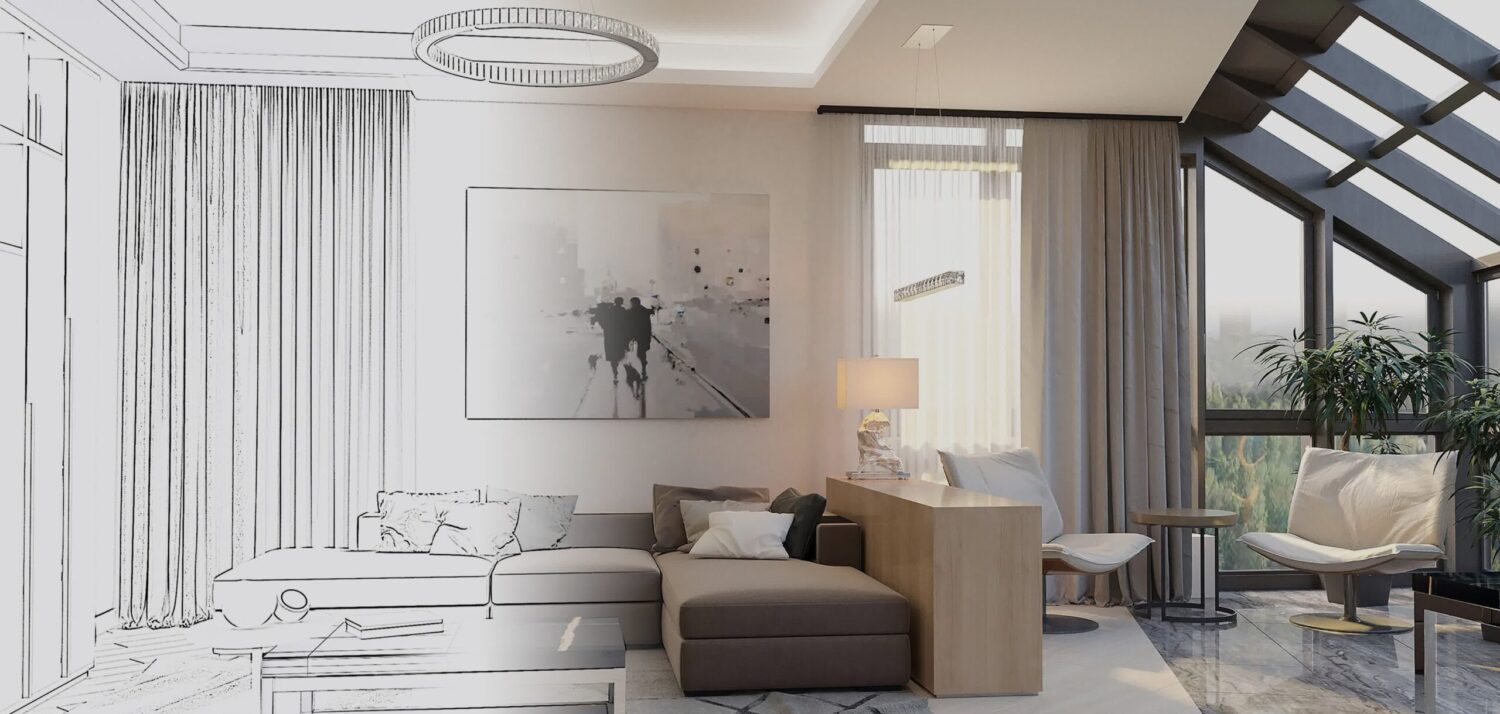

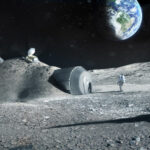
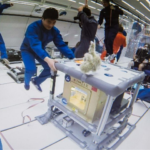
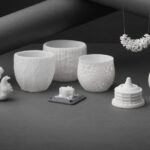
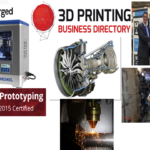
Leave a Reply
You must be logged in to post a comment.